#yugoslav artist
Photo
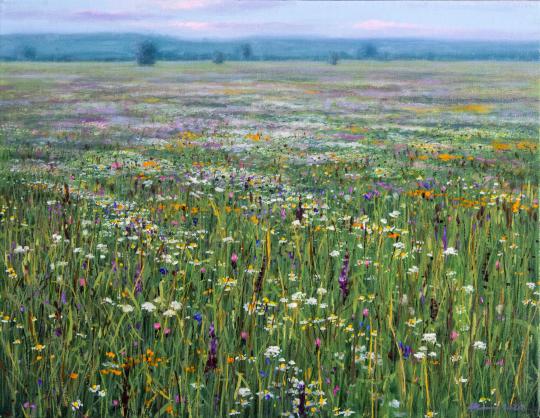
Field at Dusk - Ciba Karisik , 2020.
Yugoslav, b. 1959 -
Oil on canvas, 14 × 18 in. 35.6 × 45.7 cm.
379 notes
·
View notes
Text

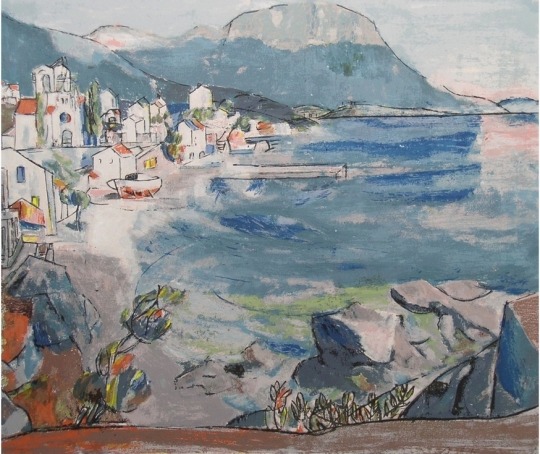
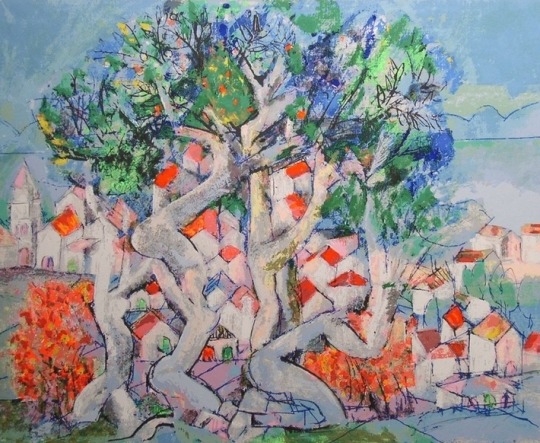
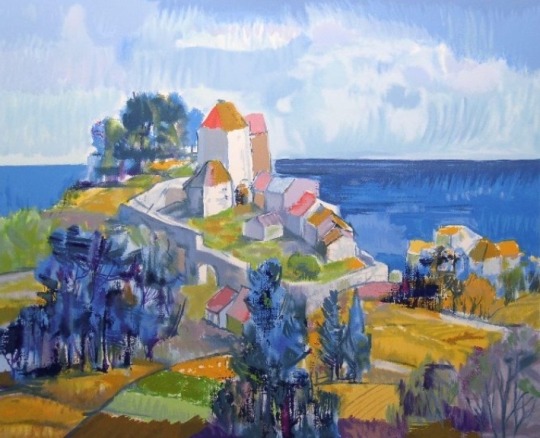
Please reblog for larger sample size
8 notes
·
View notes
Text

Seid Memić Vajta - Lejla
#Seid Memić Vajta#Lejla#yugoslavia esc#esc yugoslavia#eurovision yugoslavia#yugoslavia eurovision#esc 1981#eurovision 1981#esc#eurovision#merry christmas to those who celebrate :D#The first Lejla - second one coming in 2006...#still no yugoslav flag emoji. should I just use the flag of the country the artist is from today...? idk
8 notes
·
View notes
Note
I think there needs to be a reckoning about how so many white (passing) American secular/nonpracticing antiZionist Jews can say "Not in my name, Israel doesn't speak for us!" and then think they can speak for Israel. How so many of them can have a limited familial connection to Israel, have such a disdain for Israelis, Israeli culture and society, and Israel as a concept, and then have the gall to act like their opinions matter?
I see their attitudes be described as fear, but to me it strikes me as more than just fear. A lot of them, I suspect, have incorporated antiZionism as a fundamental part of their Jewish identity. It's not just a disagreement, they're not just saving face. Take away the Goyim and talk to them privately and they still believe what they believe, and express it in the same way. They hate Israeli Jews.
And Israel is only going to become less Ashkenazi (aka less "white") as time marches forward. The bad faith hysterical Israel bashing and condescension is only going to look more and more like Orientalism, and frankly, racism.
I think it's very possible that calling something antisemitic can't just be a catchall term when this chicken comes home to roost. I think if there aren't already, there will be distinct forms of antisemitism, some that only Diaspora Jews face and some that only Israeli Jews face. And if this is true or will end up being true, it's pretty important that we not speak over each other's experiences. To do that we have to recognize these experiences and respect them. Do some Israeli Jews disrespect the Diaspora experience? Yes, from what I've seen. Is it nearly as vitriolic and is it growing nearly as quickly as the disrespect for the Israeli experience among antiZionist American Jews? Not even close.
All this divisive language to say: sometimes when Israelis say "so and so is antisemitic!" in the context of antiZionism, they're talking about themselves, their experiences, the stakes for them, and not Americans. So maybe we should all learn to stay in our lanes sometimes.
A lot of Israeli Jews disrespect, or at least are unable to grasp, diaspora existence, particularly when it comes to Americans. I can't even count the number of times I read Israelis say "Why are you American Jews so upset about Trump? Don't you see how good he's been for Israel?" Which is the worst damn argument a person could possibly use - it feeds into both left-wing and right-wing antisemitism, while ignoring that American Jews live HERE and are at risk from Trump's fascist cult and general lawlessness. And it is bad FOR EVERYBODY to have "pro-Israel" become the position of stroke-babbling grotesque racist criminals, and also for America to be too focused on anarchic decomposition and Yugoslav-style street warfare to be able to support Israel like it traditionally has.
And because turds of a feather flush together, Netanyahu wants ALAN DERSHOWITZ to be Israel's advocate if the ICJ case proceeds. I knew Netanyahu was a senile failure undermining all the strengths he had ever built for the country and this is just the shit cherry on top of the shit sundae. Alan Dershowitz is the ultimate stereotype of a Boomer who was kind of useful in the 1980s-90s and became awful and embarrassing now, Trump is surrounded by them (i.e. Rudy Giuliani). Your grandma in Florida remembers Alan Dershowitz for writing "Chutzpah" and being tough and quick-witted, and everybody under 40 knows Dershowitz as a Trump cultist and Epstein fuckbuddy. Big "Vladek Spiegelman can only compare his artist son to Walt Disney" energy. There are surely thousands of lawyers better-suited for the role, just off the top of my head I'd prefer Eugene Kontorovich and so should anyone who is more aware of the world as it actually is than how it was in 1994.
I say all that to parallel your original point, not to contradict it. Yes, the American Jews who performatively loathe Israel are by and large just an Extremely Online phenomenon of the most college-town bubble-protected, least observant, least affiliated, and least aware of non-Ashkenazim. It is not so hard for American Ashkenazim to stay protected from antisemitism as long as they totally unplug from their Jewish identity and any public-facing aspects of it. Can't be killed in a synagogue or JCC or kosher store if you never go in, head tap.
272 notes
·
View notes
Text


There is nothing particularly unusual about it: the Western fascination with Yugoslav modernist monuments, those strange concrete boulders scattered across the failed state, is renewed at regular intervals. Four years ago, for example, the Belgian photographer Jan Kempenaers published a photo monograph 'Spomeniks': 'Raised in peaceful fields, in the middle of nowhere', the respected Guardian introduced his book at the time, 'spomeniks look like places where alien spacecraft have landed or like album covers Pink Floyd.'' The filming of the new Netflix dystopian series 'The Tribes of Europa', which tells the story of the distant future of a continent divided - this will sound familiar - into numerous, small, mutually warring states, was completed on Petrova Gora these days. And so on, and so on, further and further away from what Yugoslav monuments used to mean: if there is something in common with all these advertising campaigns, dystopian TV-fantasies and photo-safaris around the places of the people's uprising, it is a complete lack of interest in historical, political and the artistic context from which the monuments grew. In the Western perspective, they are now only gigantic exotic souvenirs from a distant and incomprehensible past. Alien apparitions for which we do not know who exactly built them, when and why: rather traces of UFOs than signs of people's liberation war. Mark O'Neill's series of instagram photos, devoid of any information about the monuments other than the elementary mention of their locations, fits perfectly into such a tradition.
So nothing new from the west. Perhaps that is why it is more interesting to check what is happening with the monuments today from the perspective of the East. Coincidentally, last week, just as the post-Yugoslav news portals were compulsively copying O'Neill's photo gallery, another anniversary of the demolition of the magnificent Monument to the Victory of the Revolution of the People of Slavonia by Vojin Bakić, which was erected in Kamenska near Požega, on February 21, 1992, passed almost unnoticed. Members of the 123rd Brigade of the Croatian Army in a well-organized mine action expertly removed them from the face of the earth. Only the small portal Antifašistički Vjesnik reminded of the sad anniversary by publishing a photo gallery of the ruins, along with a brief overview of the then propaganda lies from the local media about how the monument was broken by the Chetniks or, possibly, by a strong wind. But the ruin of Bakić's monument are not very photogenic, there are no spotlights or Instagram filters, it cannot serve as an advertising scenography, so the article from Antifašistički Vjesnik was not shared by anyone. No one to press copy, no one to click and paste: the anniversary of the destruction of one of the most beautiful monuments of the former Yugoslavia did not become news this year either. There is simply no room for some stories in the colorful, colorful, clickable memory of the media, just as there was none twenty-eight years ago. After all, what do you want: it was a war, we clicked cut.
Boris Postnikov, 2020
41 notes
·
View notes
Text

“You can't wash the blood from your hands as you can't wash the shame from the war.” Balkan Baroque (1997): Marina Abramović spent four days at @la_Biennale scrubbing cow bones and singing Serbian folksongs. She dedicated it to victims of the Yugoslav war. It also won the Golden Lion.

Imponderabilia (1977) by Abramović and Ulay, For this performance, members of the public had to squeeze between them in order to pass (and decide which one of them to face).

Rest Energy by Marina Abramović and Ulay was first performed in Dublin at ROSC in 1980.

Abramović’s early work was with sound. Aged 17, she hung speakers all around the building her family lived in and played the sound of a building falling down - everyone thought they were being bombed.
“It was a huge scandal.”
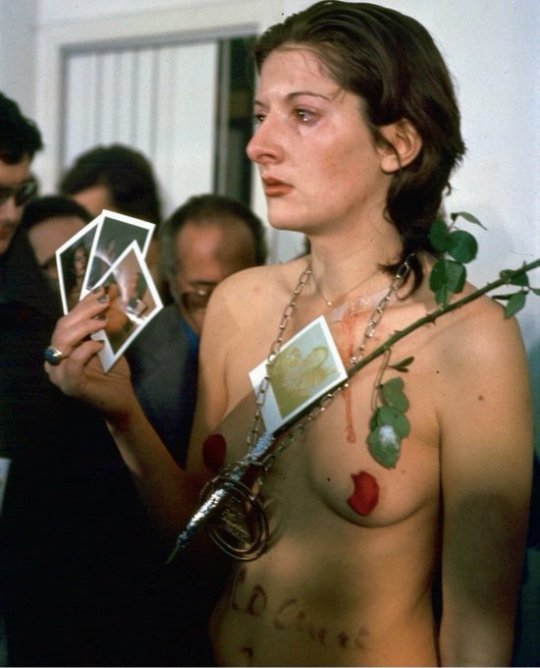

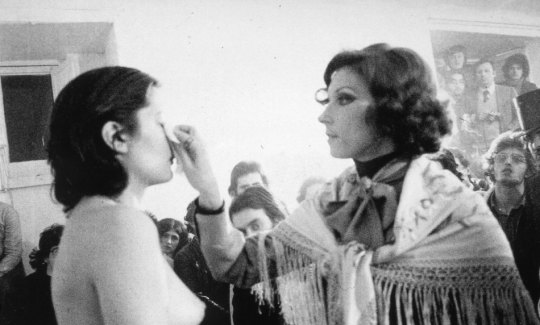
Rhythm 0.
Sinead Gleeson interviewed Marina Abramovic here:
https://www.royalacademy.org.uk/article/marina-abramovic-interview

Rhythm 5, 1974
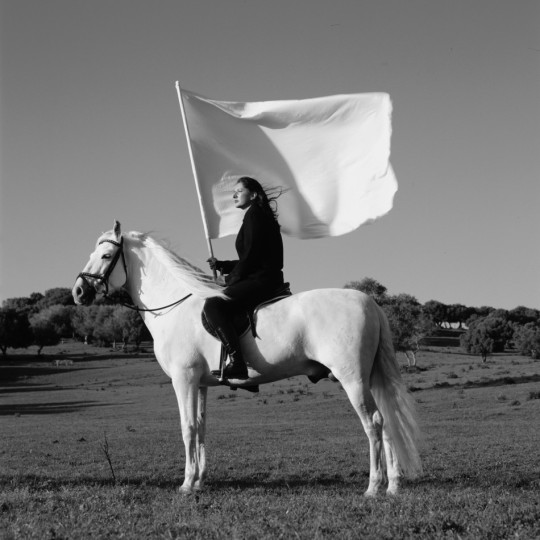
The Hero, 2001.

The Artist is Present, 2010.

Marina Abramović,
The House with the Ocean View, 2002.
Performance; 12 days.
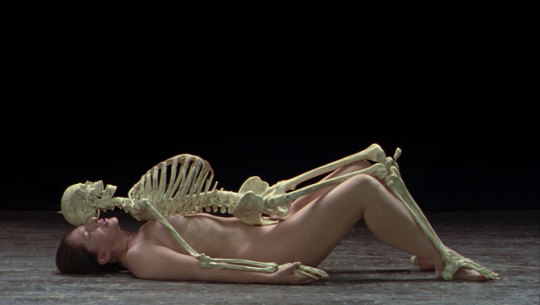
Naked with Skeleton, 2005.
18 notes
·
View notes
Text
The reason why European politicians (or, tbh, any European) never cared to address violence against Romani women is because they are fascinated by it. We know they are fascinated by it because whenever they talk about Romani women, they constantly write and talk about killing us. You see it all the time in arts and literature. Violence against Romani women is seen as Romantic, is seen as artistic, is seen as a transcending experience. Notre-Dame de Paris is about a sixteen year-old girl identified as Romani who is sexually abused and burned at the stake by a white man, Claude Frollo. The only reason why murdering Esmeralda is seen as wrong is because she turned out to be white and having been stolen as a child by "Gypsies". Carmen is about a Gitana (Spanish Romani) woman who has dozens of male lovers and is eventually murdered by one of them. The murder is said to be motivated by passion and by Carmen's unwillingness to settle for one man. She is being punished for her sexuality and this is justified by the narrative by her behaviour. Gypsies are found near Heaven is a Yugoslav movie directed by a white man, in which it is the Romani man who murders the Romani woman for being too unruly and not giving herself to him. She is once again being punished by the white director, using the mediation of his Romani main character, for her freedom. Singoalla is a Swedish fairytale-like story turned into a French film in which the main character, a Romani woman called Singoalla, is once again murdered by her Romani ex-fiancee upon learning that his fiancee had had a (white) lover before him. Hijo de la Luna is a Spanish song that tells a tale of a Romani woman being murdered by her Romani husband who suspected she had been unfaithful. In those two latter instances, violence against Romani women is not portrayed as fundamentally wrong, as political issues to be engaged with, or as the result of hatred: as tales, they convey wonder and fantasy. Now, tales are often dark so I wouldn't have an issue with this if only violence against Romani women wasn't always dealt as if it were a fairytale or a Romantic story.
You could say that I am nitpicking and that I only came up with five examples. Two rebuttals: (1) there aren't many media portrayals of Romani women to start with, (2) all the examples I have taken are very popular stories from different European countries. Notre-Dame de Paris is one of Hugo's most popular novel and was adapted many times; Carmen is one of the most successful opera ever written; Singoalla started as a medieval legend that got adapted in a book, an opera and a movie; Gypsies are found near Heaven was the most attended movie in the USSR in 1976; Hijo de la Luna is one of Mecano's most successful song, and Mecano itself is the best-selling Spanish band worldwide. Everywhere the trend is the same: white European males fantasize about killing women, they think killing us is Romantic and tale-worthy. Granted, men generally fantasize about violence against all women all the time, but while media portrayal of violence against non-Romani women has been increasingly challenged by feminists, nothing has been done about media portrayal of violence against Romani women. No one ever called out those stories I've mentioned on the basis of their romanticization of violence against Romani women.
33 notes
·
View notes
Text

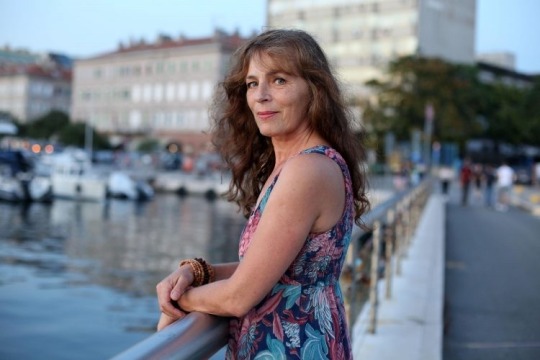


Now, that I’ve had the opportunity to watch a lot of Mira’s work from the Balkans, her status as an icon in that area is very well deserved.
It is a testament to her incredible gift that even though a good 90% of the time, I’m watching without subtitles and I don’t understand a word of Serbian/Croatian - there has never been a moment where I wasn’t utterly compelled by her performance. In scenes without lingual context, she conveys absolute truth through her eyes and that beautifully expressive face. I’ve watched her in romantic scenes, comedic scenes, absolutely physically and emotionally brutal scenes, and she never misses a step. She was an artist down to her soul and consistently pushed herself to unimaginably raw and painful places.
This woman was a fucking powerhouse, a two time Golden Arena winner (Yugoslav equivalent of an Oscar). The fact that the US never really gave her the recognition she deserved is an actual crime.
49 notes
·
View notes
Text
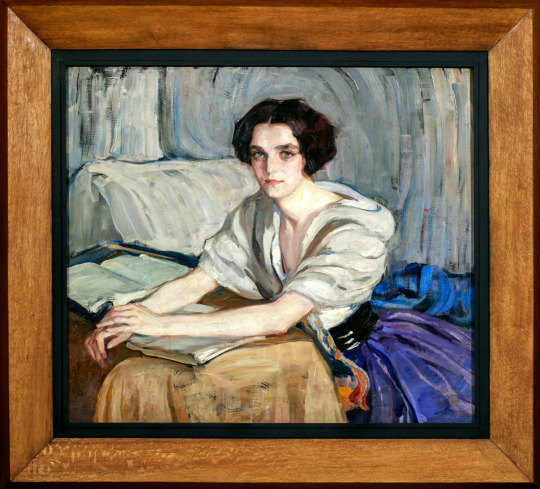
Kiseleva Elena Andreevna (1878-1974). Female portrait. 1910s.
Oil on canvas.
Expert opinion - Center for Art Expertise named after I.E. Repin. (2023).
Expert - Gordeeva E.V.
Decorated in a frame.
Russian and Yugoslav artist, portraitist. She was born in the family of a famous Russian mathematician and teacher A.P. Kiselev. E.A. Kiseleva received her first private drawing lessons from M. Ponomarev, a Voronezh photographer and artist. Then she studied at the Voronezh Drawing School under the guidance of the artist L. Solovyov. She graduated from Mariinsk. women's gymnasium with a gold medal. In 1896 she graduated from the Faculty of Mathematics of Bestuzhev Courses in St. Petersburg, but in 1898 she left the courses. She entered the Higher Art School at the Academy of Art, and from 1900 - directly to the Academy. She studied in the workshop of I.E. Repin. In 1903, Repin was involved in the work on a series of dioramas for the 200th anniversary of St. Petersburg (together with E.M. Maleshevskaya she performed the diorama "Assembly under Peter I"). In the same year, he gets to Paris for the first time. She studied at the art school of artist and graphic artist Eugène Carrière. In 1907, Kiselyova received the title of artist and a foreign pension for the painting "Bride. Trinity Day." In 1908-1910 she lived in Paris, attended the Academy of R.Julian; in 1911 she traveled to Italy. She took an active part in exhibitions: reporting academic (1904,1907), Spring in the halls of the IAH (1906, 1907, 1909, 1910), the New Society of Artists (1906, 1910, 1912/1913), MTH (1911), SRH (1910-1917), "Modern Russian Women's Portrait"), as well as in international exhibitions in Munich (1909) and Rome (1011). In 1910, the first of the women became a member of the Society of Architects-Artists. Repeatedly received awards of the competition named after A.I. Kuinji. In 1917-1920 she lived in Odessa. In February 1920, she emigrated to the Kingdom of the SHS, where her husband got a job at the University of Belgrade. In 1926, they received Yugoslav citizenship. The family was wealthy, lived in their own mansion. In 1920-1930, Kiselyova continued to occasionally paint portraits, urban and rural landscapes, as well as decorative panels and icons. She was a participant in exhibitions in Belgrade: the Society of Russian Artists in the Kingdom of the SHS (1928), the Grand Exhibition of Russian Art (1930), the Russian Art Society (1933); a retrospective exhibition of Russian painting in Prague (1935). During World War II (1942), her only son and wife were arrested and sent to a German concentration camp. In 1944, shortly after returning from the camp, his son died. Having written "Portrait of her son on his deathbed," Elena Andreevna Kiseleva left her art classes forever. Personal exhibitions were held in Voronezh in 1969 (to the 90th anniversary of the artist), in 1979 (to the 100th anniversary). The monographic exhibition was held in 2016 at the Museum of Russian Impressionism (Moscow). The largest collection of the artist's works is presented in the Voronezh Art Museum, and Kiseleva's works are also stored in a number of domestic museum collections and private collections.
Artistic Auctions
8 notes
·
View notes
Photo
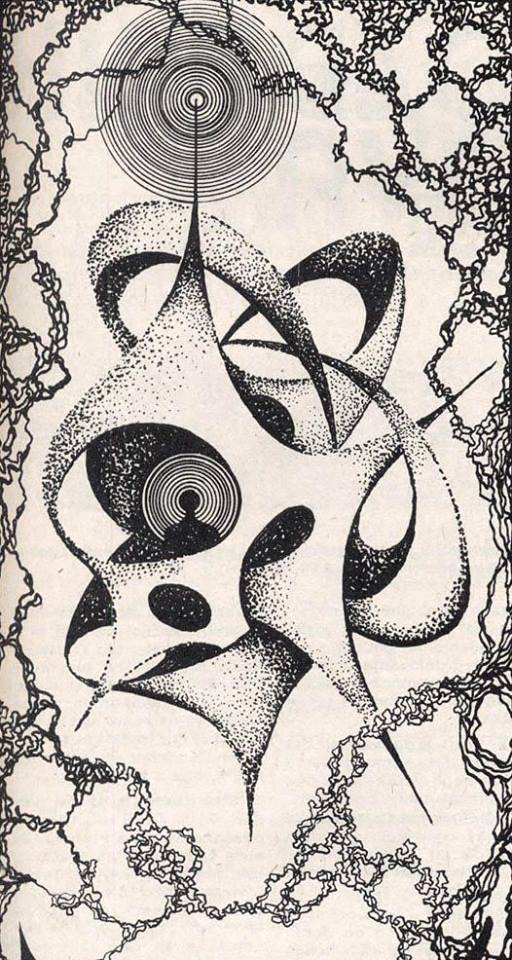
Surreal screen prints by the Russian artist of Yugoslav origin Nikolai Lutohin (1932-2000).
112 notes
·
View notes
Photo
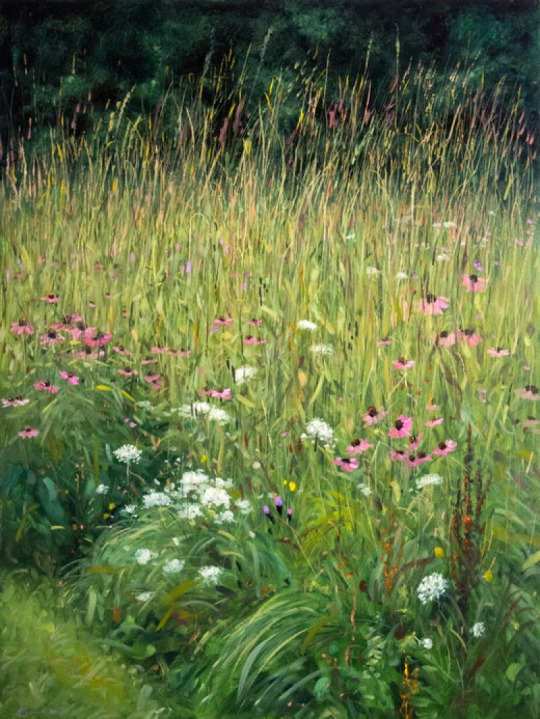
Perennials - Ciba Karisik , 2020.
Yugoslav, b. 1959 -
Oil on wood panel , 40 × 30 in. 101.6 × 76.2 cm
243 notes
·
View notes
Text
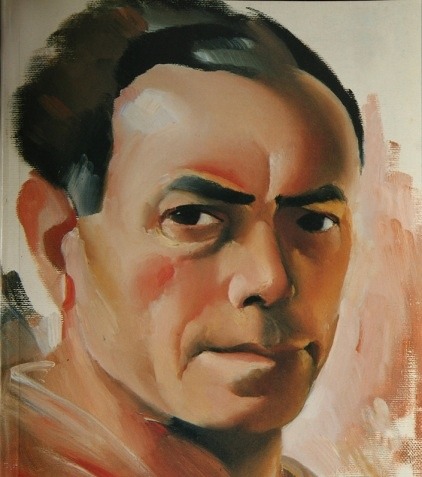
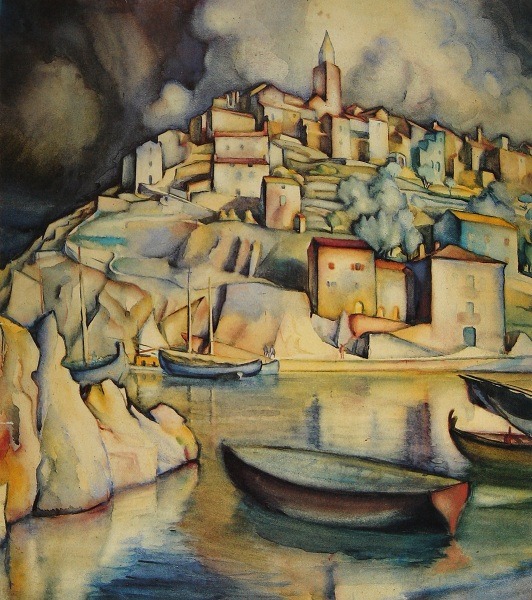


4 notes
·
View notes
Photo
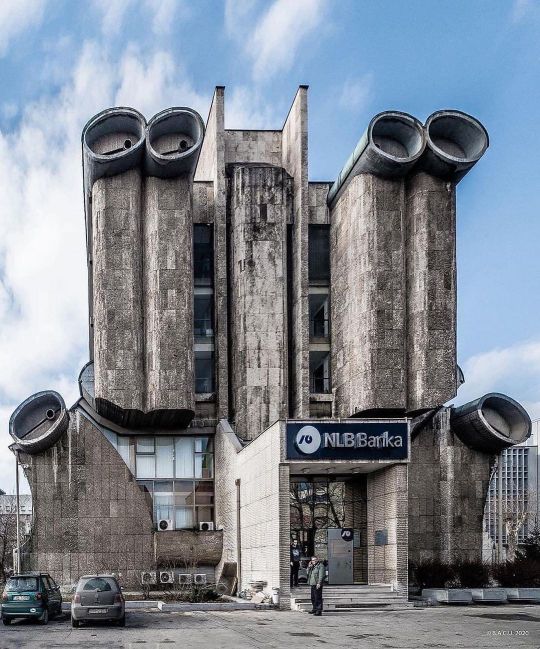
Dear friends , We are happy to announce that ”Socialist Modernism in Former Yugoslavia”, the third photo album/digital guide of @_BA_CU ‘s planned series, is available in 800 copies. The photo album includes landmarks of socialist modernist architecture in Former Yugoslavia – from the 1950s to 1980s. Those who are interested in #SocialistModernism are able to order the book on @UrbanicaGroup @ushopamazon distributor page, (Link in our profile) ; link: http://urbanicagroup.ro/ushop/ or AMAZON: https://www.amazon.com/s?me=A33QJE9SPOCVM4&marketplaceID=ATVPDKIKX0DER by selecting the Photo album from among the books listed. (Shipping worldwide with DHL) #SocialistModernism #_BA_CU B.A.C.U. Association explains socialist modernist tendencies, it presents – in color photographs – a functional image of the buildings and their often original elements that synthesize local culture and traditions, while bringing you up to date with their current state of conservation. At the beginning of the book, a map shows the location of each of the buildings described. The 67 landmarks included in this volume have been organized by function, into six sections. The book contains the authors’ view on Former Yugoslav modernist architecture. Print run 800 Pages 192 +1 Spread/ YUGO-SOC MOD Map Croatian, Serbian and English Size 26×28.5 cm Weight 1.25 kg Designed and published by @_BA_CU Association 1st pic Monument to the uprising of the people of Kordun and Banija / Spomenik ustanku naroda Banije i Korduna Petrovac, Petrova Gora, Croatia Unveiled in 1981 Artist Vojin Bakić - 2 pic: The former Tuzla Bank, (Now NLB) Tuzla, BiH, Built in 1977, Architect V.Stojanović (c) BACU 5 pic: Valley of Heroes Monument - memorial complex (with a small museum) commemorates the 1943 Battle of the Sutjeska 1971. Tjentište, Bosnia and Herzegovina Artists Miodrag Živković with Ranko Radovic © B.A.C.U. 3 & 4 pic: Hotel Zlatibor, Užice, Serbia Built in 1981 Architect Svetlana Kana Radević 6 pic: Lamela Bildings -Block 61-64 (aka Panonian Sailboats), Belgrade, Serbia,1970s, 7 pic: Western Gates of Belgrade, Belgrade, Serbia, built in 1977, Architect Mihajlo Mitrović. https://www.instagram.com/p/CnfmGYDMOXT/?igshid=NGJjMDIxMWI=
49 notes
·
View notes
Text
Let 3, A Dictator’s Worst Nightmare In Military Drag?
Let 3, A Dictator’s Worst Nightmare In Military Drag?
Since ‘MAMA ŠČ!’ won Croatia’s Dora festival in March, Eurovision fans outside the post-Yugoslav region have been getting to know a band who were using their art to mock and shock repressive social forces even before Croatia became independent from Yugoslavia in 1991.
Much as Konstrakta brought Belgrade’s artistic avant-garde to Eurovision in 2022, Let 3 are representing the famously innovative,…

View On WordPress
22 notes
·
View notes
Text
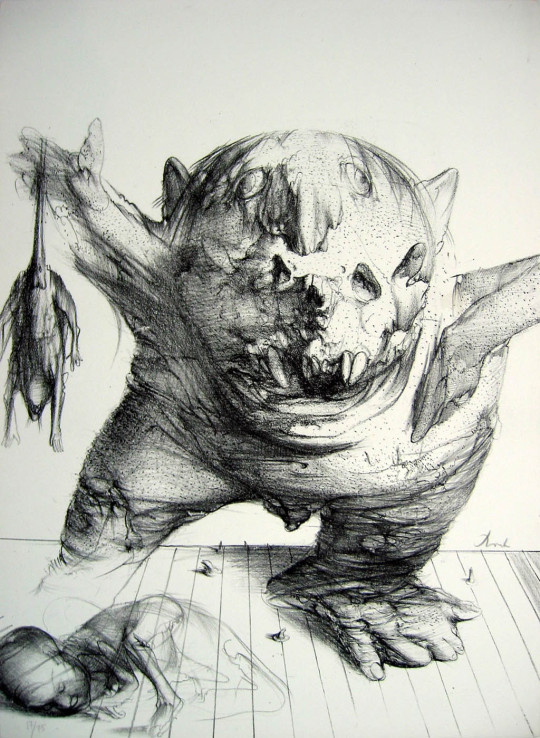

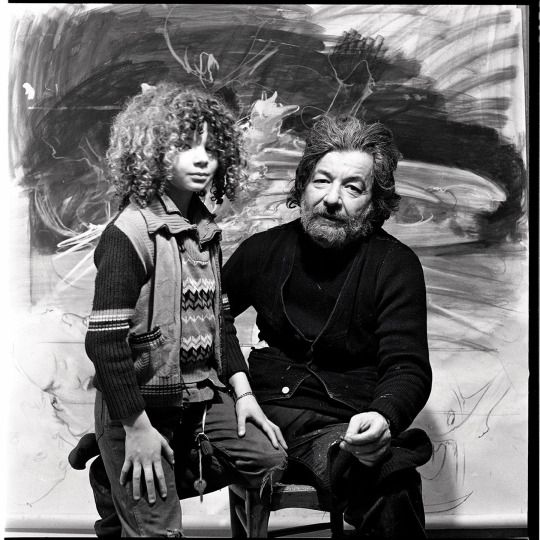

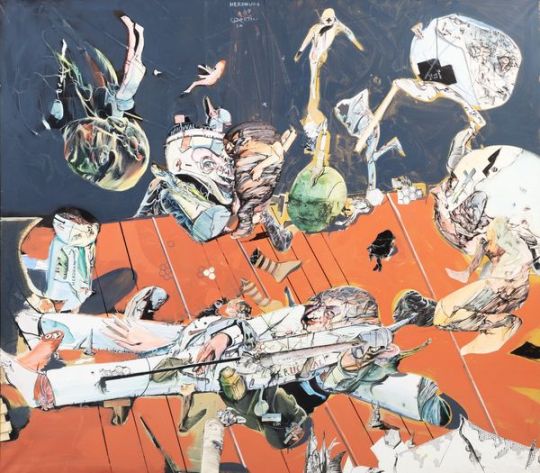
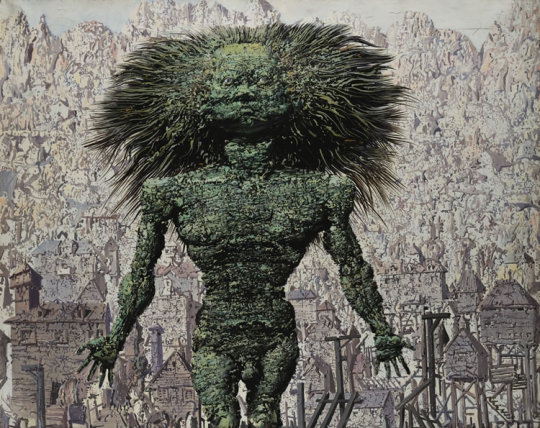
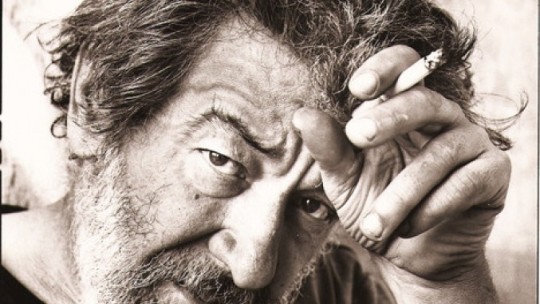
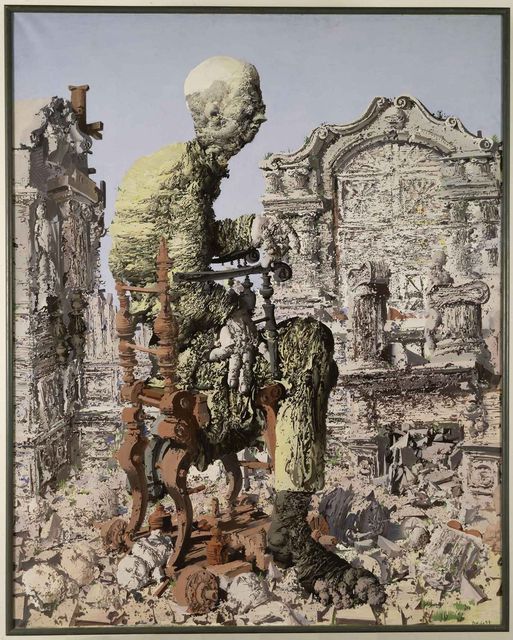
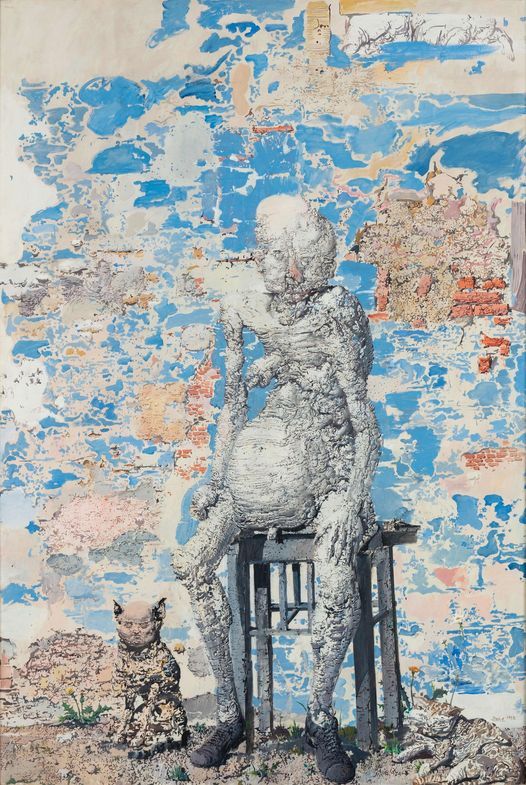

Miodrag Đurić, called Dado (1933 - 2010) was a Yugoslav-French painter and printmaker.
After the death of his mother in 1944, Miodrag was taken in by an uncle who lived in Ljubljana as a painter. Miodrag Djuric first studied at the Academy of Fine Arts in Herceg Novi, then at the Academy in Belgrade. In 1956 he went to Paris and initially worked as an assistant in lithography. He met Jean Dubuffet and Roberto Matta, who encouraged him.
In his studio near Paris he painted in oil on canvas, created drawings and graphics, as well as sculptures and assemblages . His art is surrealistic, playing with irritation, the ambiguity between the organic and the mineral, the body and the landscape. Fantasy creatures seem to grow out of the rock. In 1958 the first exhibition took place in Daniel Cordier 's studio . In the following year he organized the international surrealism exhibition in Paris. Thanks to his successes in this exhibition, Dado was able to buy the Hérouval mill.
Continue https://de.wikipedia.org/wiki/Miodrag_Djuric
16 notes
·
View notes
